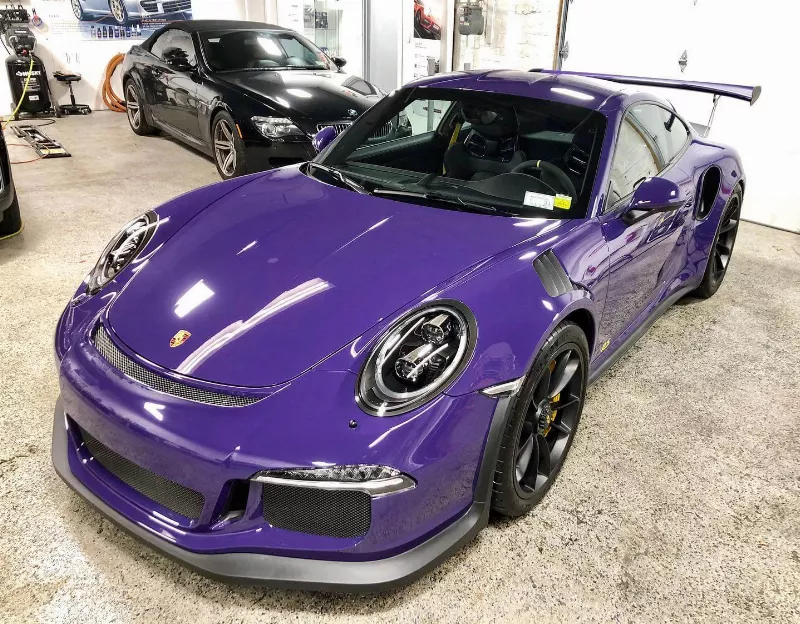Ceramic coating is a liquid polymer applied to a vehicle’s exterior, forming a protective layer that can endure for years. This coating creates a hydrophobic barrier, repelling water, dirt, and other contaminants. It also provides UV protection and enhances scratch resistance, preserving the vehicle’s paint and gloss.
Table of Contents
Benefits and Drawbacks of Ceramic Coating
Ceramic coating offers numerous advantages. It provides exceptional protection against UV rays, preventing paint fading and gloss reduction over time. It simplifies cleaning by preventing dirt and grime from adhering to the surface. Certain ceramic coatings even help minimize swirl marks.
However, ceramic coating also has some disadvantages. The most significant is the time investment required for application. Engaging a professional installer can eliminate this task from your to-do list.
Cost Factors for Ceramic Coating
The cost of ceramic coating varies considerably depending on several factors.
DIY vs. Professional Application
A key factor influencing the cost is whether you opt for a DIY application or hire a professional. DIY ceramic coating kits typically cost between $100 and $200, excluding necessary installation materials. Including all materials, a DIY installation can cost $300 to $500, while professional ceramic coating can exceed $1,000.
While DIY may appear more cost-effective, professional detailers utilize higher-quality products and tools, ensuring proper application. Professional ceramic coating often includes a warranty, providing added peace of mind.
 Alt: Close-up of ceramic coating applied to a car, highlighting its smooth and protective finish.
Alt: Close-up of ceramic coating applied to a car, highlighting its smooth and protective finish.
Vehicle Size and Labor Costs
The vehicle’s size and the required labor also influence the cost. Larger vehicles like SUVs and trucks generally cost more to coat than smaller sedans and coupes.
Labor costs depend on the paint’s condition. Extensive preparation, such as paint correction or polishing, significantly increases labor costs. Conversely, if the paint is in good condition, labor costs may be lower.
When evaluating ceramic coating costs, consider both the vehicle size and the labor involved in proper application.
Maintaining and Extending Ceramic Coating Lifespan
Ceramic coating effectively protects your car’s paint, but proper maintenance is crucial for longevity.
Upkeep and Weather Considerations
Regular car maintenance and washing are essential for maintaining the ceramic coating. Wash your car every two weeks to prevent dirt and debris buildup. Use the two-bucket method with a soft microfiber mitt and a ceramic coating booster to enhance hydrophobic properties. This extends the coating’s lifespan.
Avoid automatic car washes, as they can damage the coating and void most warranties.
Lifespan and Warranty Information
Ceramic coating lifespan varies depending on the coating quality and maintenance. Generally, it lasts from two to over ten years. However, damage from rock chips, tree sap, and other paint damage is typically not covered by warranty.
Most manufacturers offer warranties, typically covering the coating for two to five years. Carefully review the warranty details to understand its coverage. Some premium ceramic coatings, like CQUARTZ Finest Reserve, offer comprehensive warranties for greater peace of mind.
Hi there! I’m Naomi O’Colman. I’ve got years of experience working at an auto repair shop here in Texas under my belt. On top of that, ever since I was a kid I’ve been passionate about the auto industry. Since I’ve joined the team at automotivegearz.com I’ve been enthusiastically sharing my passion and insights with my readers. I’m dedicated to delivering high quality content and helping you stay up to date with the latest automotive trends and products out there!






